Ronald E. McNair High School
Stockton, California
Lunch at Ronald E. McNair High School is on a roll. The meals not only are tasty, but they also far exceed the minimum U.S. school nutrition standards and have done so for many years, according to Nancy Rostomily, the Lodi Unified School District’s director of food services. And, thanks to a U.S. Department of Agriculture equipment grant, students don’t have to eat in the cafeteria; lunch is served in locations around the campus via mobile carts.
Before the school purchased the carts, many students were discouraged by long lines and skipped lunch in the cafeteria, opting to spend good-weather days outside even if it meant forgoing their midday meal. But McNair nutrition staff members were determined to increase breakfast and lunch participation while maintaining the food’s high quality. So they searched for ways to serve the school’s 1,750 students quickly enough to keep lines manageable and provide the kids with ample time to eat and socialize.
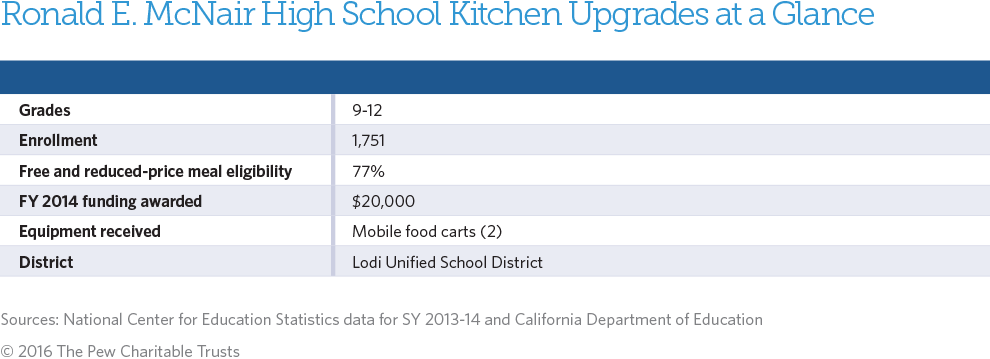
Ultimately, the cafeteria staff decided to develop a remote service system using mobile carts. The units allowed personnel to expand the number and placement of meal stations, encouraging participation in school lunch, regardless of where the students choose to eat. However, as staff members implemented the concept, they realized that their three small carts wouldn’t cut it. Cafeteria Manager Donna Harvell said the carts were too cumbersome and slow to do the job efficiently and were too shabby to attract students.
McNair had a great plan but lacked the resources to put it into action, so the school applied for USDA grant funds to buy two large carts. The new units easily roll around the campus and can be pleasantly decorated to help market the meal program. Entree options remain as healthy as ever and include a choice of sides, such as crunchy jicama sticks, fresh red and Asian pears, a black bean and corn medley, or a crisp green salad with tomatoes and carrots.
The carts have also helped the school meet its goal of serving more students. McNair has reported a rise in participation since it launched the remote service system, which now serves about 170 kids a day.
Nick Lamattina, the district’s nutrition services supervisor, said: “The carts have brought a look of legitimacy to our operation; they remind me of the food service set up at a professional ballpark. It’s a big thing, because we’ve captured the kids who were skipping lunch.”
In addition, staff efficiency is higher because of the new carts’ ease of use, and employees’ confidence has improved as well, according to Cindy Oliver, the district’s operations supervisor. “My staff has embraced the new carts tremendously, and with a happy staff, morale is boosted. It’s a win-win,” she said.


America’s Overdose Crisis
Sign up for our five-email course explaining the overdose crisis in America, the state of treatment access, and ways to improve care
Sign up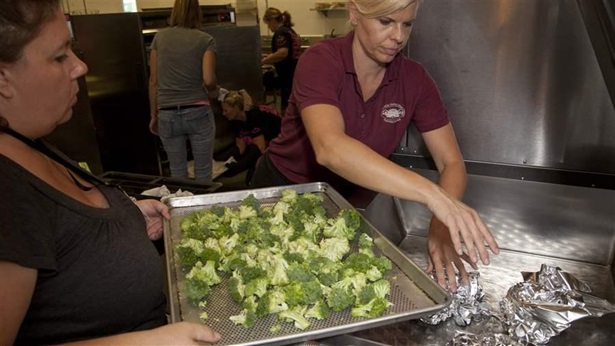
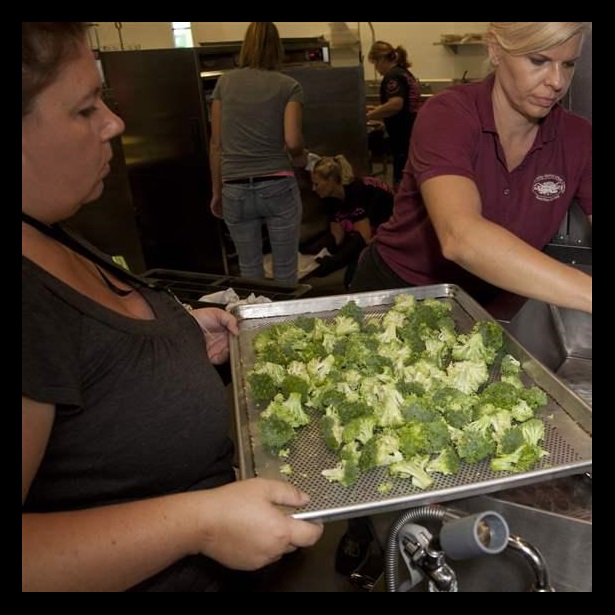
USDA’s School Kitchen Grants Benefit Meal Programs and Students
The right equipment makes a difference in efficient...
Learn More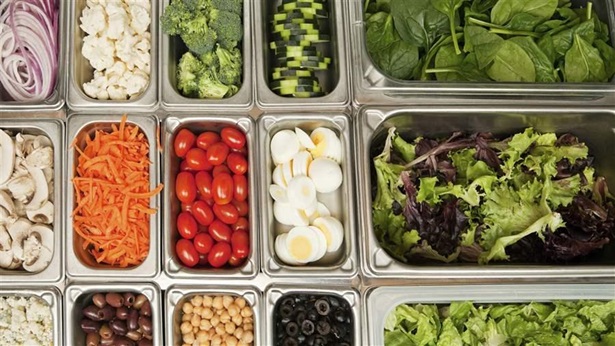
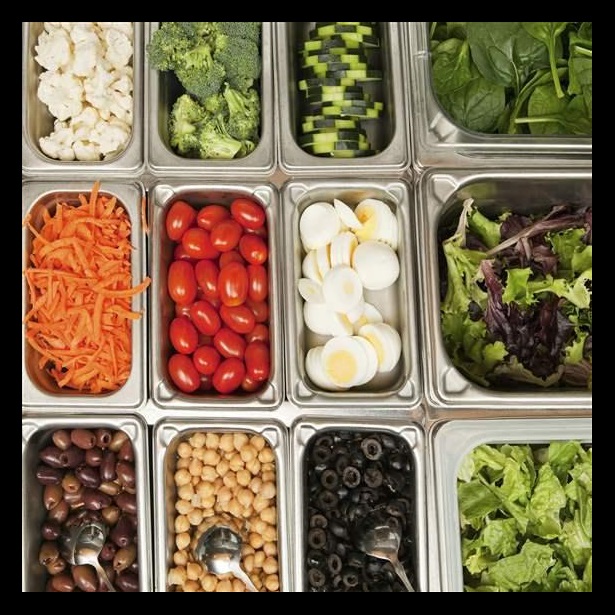
School Nutrition Gets a Boost From USDA Kitchen Equipment Grants
School Nutrition Gets a Boost From USDA Kitchen Equipment Grants
Learn More








